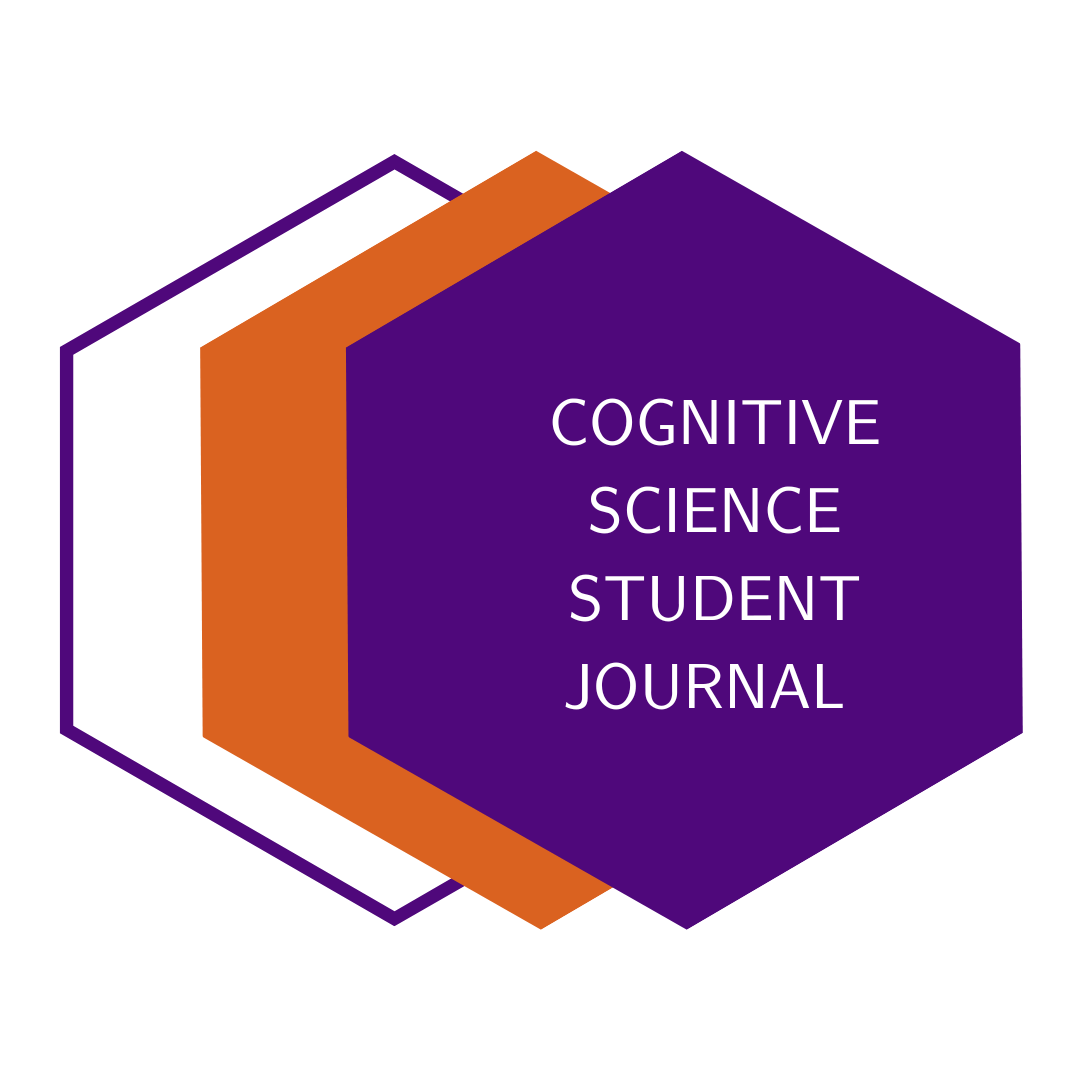
Do you know someone who has Parkinson’s disease?
It is often characterized by trembling hands, but actually has many more aspects.
Elisa Percolla is a scientific researcher at the institute of Cognitive Science in Osnabrück. She wrote her master thesis on Parkinson’s disease and studied the brains of patients with EEG.
During the interview Elisa describes her way into the field of cognitive science and how the broadness of the field can sometimes go hand in hand with a feeling of inaccuracy since you can never be equally good at each sub-discipline. She proceeds to explain that we should sometimes be a little more lenient with ourselves.
Listen to this episode to learn how symptoms of Parkinson’s disease show, what underlying mechanisms are, and what the current state of research in treatment is!
Related literature:
European journal of neurology : the official journal of the European Federation
of Neurological Societies, 17:364–76.
Parkinson’s disease. Frontiers in systems neuroscience, 5:31.
A., Ogliastro, E., Kim, J., Ko, C., and Gulzar, J. (1998). Visual processing
deficit in Parkinson’s disease, pages 606–611.
Parkinson’s disease. Lancet, 373(9680):2055–2066.
son’s disease. Cureus, 13.
Parkinson’s disease. Nature Reviews Neuroscience, 18.
and Members, C. (2002). Excessive daytime sleepiness and sudden-onset sleep
in parkinson’s disease: A survey by the canadian movement disorders group.
JAMA The Journal of the American Medical Association, 287:455–463.
complications. Frontiers in Psychiatry, 7.
Neurology, 8:329–39.
son’s disease: The dual syndrome hypothesis. Neuro-degenerative diseases, 11.
Bai, O. (2020). Neural correlates of freezing of gait in parkinson’s disease: An
electrophysiology mini-review. Frontiers in Neurology, 11.
R., Rodriguez, U., Rodrıguez-Violante, M., and Rodrıguez-Agudelo, Y. (2011).
Involuntary attention impairment in early Parkinson’s disease: An event-related
potential study. Neuroscience letters, 495:144–9.
E., and Ricardo-Garcell, J. (2018). Brain oscillations reveal impaired novelty
detection from early stages of parkinson’s disease. NeuroImage: Clinical, 18.
A., Rodrıguez-Ortiz, U., and Ricardo-Garcell, J. (2015). The p3a wave: A re-
liable neurophysiological measure of parkinsońs disease duration and severity.
Clinical Neurophysiology, 126.
Morris, J. (1998). Dysfunctions of automatic (p300a) and controlled (p300b)
processing in Parkinson’s disease. Neurological research, 20:5–10.
and other gait impairments in parkinson’s disease – a longitudinal study.
Credits:
Produced by: Sophie Kühne and Alina Ohnesorge
Logo by: Annika Richter
Music by: Jan-Luca Schröder
